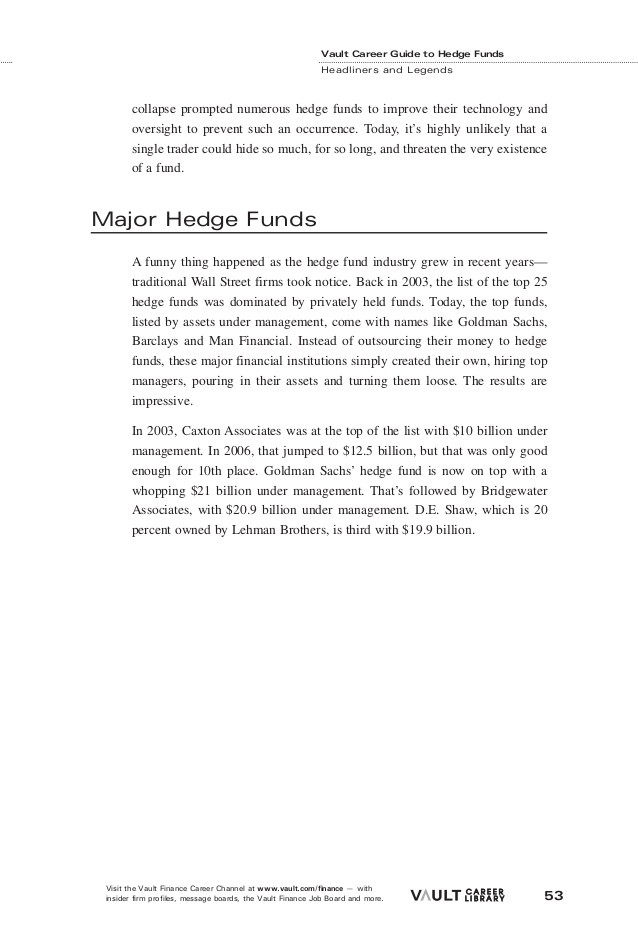Calpers Sticks with Commodities after Dropping Hedge Funds_2
Post on: 23 Апрель, 2015 No Comment

Top U.S. pension fund Calpers is sticking with commodities, an asset class known for volatile markets and returns, despite finding hedge funds too costly to work with, a spokesman said on Tuesday.
The $300 billion Calpers, as the California Public Employees’ Retirement System is known, has maintained a portfolio of commodity futures tied to the S&P GSCI since 2008.
Sacramento-based Calpers said on Monday it was pulling about $4 billion from a total of 30 hedge funds it was invested in under its Absolute Return Strategies portfolio, citing costs and difficulty in maintaining the program.
Editor’s Note: Seniors Scoop Up Unclaimed $20,500 Checks? (See if You qualify)
But it was keeping its investment in the S&P GSCI, said Joe DeAnda, an information officer at the pension fund.
This decision does not impact. commodities, or any other program, at Calpers, he said in an email, referring to Calper’s decision to pull out of hedge funds entirely.
Some of the hedge funds on Calpers list may have commodities exposure and dropping them could indirectly affect sentiment in the sector, investment advisers said.
Calpers did not name the 24 hedge funds and six fund-of-funds that it was withdrawing from.
But its annual report ended June 30, 2013 included the BlueTrend Fund, which also invests in commodities, as one of the funds in the Absolute Return Strategies portfolio.
BlueTrend, owned by U.K.-based BlueCrest Capital Management, could not immediately be reached for comment.
Even if Calpers is staying in commodities, it may create uncertainty in commodity markets by dropping hedge funds, said Don Steinbrugge, managing partner at Agecroft Partners, a consultant in Richmond, Virginia that works with pension funds.
Still, I don’t think this will be widely replicated as most pension funds have been raising their allocations to alternatives, which include commodities, he said.
The Calpers’ commodities portfolio has fluctuated in value since its 2008 inception, due to both the performance of the S&P GSCI and portfolio adjustments made by Calpers.
From $1.4 billion at end-June 2008, it plunged nearly 60 percent in value over the next year to around $600 million after the financial crisis. After rising to $700 million in 2010 as commodity markets rebounded from the crisis, the portfolio suddenly rocketed in value, reaching a high of $3.2 billion at end-June 2012, apparently from new money channeled by Calpers.
But as commodity markets struggled again in 2013 and Calpers realized little earnings from the investment, it slashed the portfolio, bringing it to $1.3 billion by June this year, a preliminary report for 2014 showed. Much of the funds were diverted to inflation-linked bonds, Calpers data showed.
The change in allocation from year to year is not solely dependent on performance, DeAnda said in a recent email, when asked about the swings in value. Allocation policy changes, capital inflows and outflows, etc. could lead to a discrepancy.
Editor’s Note: Seniors Scoop Up Unclaimed $20,500 Checks? (See if You qualify)
2015 Thomson/Reuters. All rights reserved.














